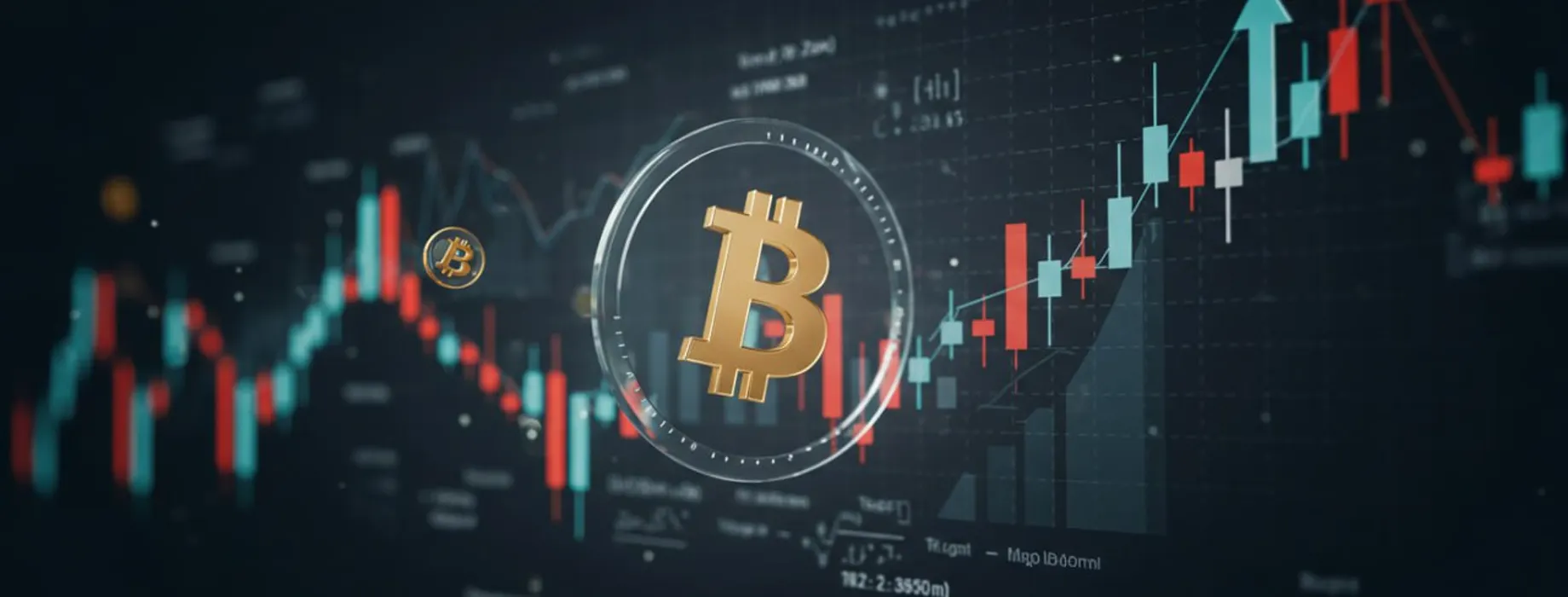Pocket Option Bitcoin Leverage Trading Mistakes

Bitcoin leverage trading attracts thousands of traders daily with promises of 100x returns, yet 87% of leveraged positions end in losses. Mastering these critical mistakes isn't optional--it's the difference between account destruction and consistent profitability in crypto's most volatile battlefield.
FAQ
What is the ideal leverage ratio for bitcoin trading?
The ideal leverage ratio depends on your experience, risk tolerance, and trading strategy. For beginners, it's advisable to start with low leverage (2-3x) to understand the mechanics while limiting risk. Experienced traders typically find sustainable results with 2-5x leverage, while higher ratios (10x+) dramatically increase the risk of liquidation. Rather than seeking maximum leverage, focus on proper position sizing relative to your total capital.
How do funding rates affect leveraged bitcoin positions?
Funding rates are periodic payments between traders holding long and short positions on perpetual futures contracts. When funding is positive, long positions pay shorts; when negative, shorts pay longs. For leveraged traders, these rates are multiplied by your leverage factor, potentially creating significant costs for positions held through multiple funding periods. High funding rates often signal overcrowded trades and potential reversals.
Can technical indicators predict liquidation cascades?
While no indicator can perfectly predict liquidation cascades, several metrics help assess the risk: funding rates (extreme values suggest overcrowded positions), open interest (rapid increases indicate leverage building up), long/short ratios (extreme imbalances), and liquidation levels (visible on some exchanges). Combined with volume profile analysis, these indicators can help traders reduce exposure before potential cascade events.
What's the difference between cross margin and isolated margin?
In cross margin mode, your entire account balance is available to prevent liquidation of any position, potentially putting all your capital at risk if a trade moves significantly against you. Isolated margin restricts the risk to the specific margin allocated to a single position. For risk management, isolated margin is generally preferable as it prevents a single bad trade from affecting your entire portfolio.
How should I adjust my strategy during high volatility periods?
During high volatility periods in bitcoin leverage trading, consider: reducing leverage by 50% or more from your normal levels, widening stop-losses to accommodate larger price swings, decreasing position sizes proportionally, focusing on shorter timeframes to reduce exposure duration, and potentially implementing partial take-profit levels to capture value during large moves while maintaining exposure for further gains.